Autism is now becoming a worrying disease with increasing cases globally. According to the World Health Organization (WHO) estimate on autism spectrum disorder (ASD) published in March 2022, the rate of children with this disease is 1%, meaning that 1 in 100 children have ASD.
Currently, the world does not have a complete cure for children with autism, but early detection, early and proper intervention will help children significantly improve their medical condition, reducing the burden on families and society.
According to a VNA reporter in Tokyo, in a pioneering effort to find a new therapy to treat autism, the Tokyo Stemcell Research Institute (TSRI) has brought hope of improving the effectiveness of children with autism by using stem cells.
According to TSRI, with the ability to regenerate nerve cells, regulate the immune system and reduce inflammation, stem cell therapy has significantly reduced the condition of more than 90% of the total of over 500 cases treated in the past.
Dr. Takahiro Honda - Director of TSRI said that treating autism with stem cells is a new method, bringing high efficiency in improving the condition and is still new even in developed countries like Japan.
Typically, treatments involve using certain medications to control specific symptoms or conducting special educational therapies to help children adapt to society, although they do not change the nature of autism.
Unlike this approach, stem cell therapy is a unique approach that focuses directly on the root causes of autism. Instead of viewing autism as an incurable condition, this approach defines autism as a treatable condition and views it as a medical problem that requires intervention.
By using stem cell therapy, Japanese doctors aim to treat from the root, which is the revolutionary breakthrough of stem cell therapy.
Around the world, there are currently a number of facilities applying a similar approach to stem cell therapy to treat autism in children, however, in Japan, TSRI is currently the only unit that effectively implements this therapy.
Ms. Fumi, the mother of a 3-year-old child being treated at TSRI, shared that at first, her family and teachers saw that her child was a bit slower than her peers at preschool, so they decided to enroll her in special education when she was 2 years old.
However, after that, the child's condition became serious with irritability, self-harm, and even biting others.
After researching, Ms. Fumi decided to have her child treated with stem cell therapy at TSRI and began to see positive improvements in her child. The first obvious changes she noticed were that her child no longer self-harmed in the period immediately after the treatment.
In addition, behaviors such as biting people are no longer there, it can be said that they are completely gone. Another change is that before, the child hated wearing a hat when walking with his class at kindergarten, but within just 1 week after treatment, the child was able to wear a hat.
My baby also used to not be able to hold hands with his friends at school, he could only hold hands with adults, but recently he has started to be able to hold hands with his classmates more closely.
In addition, the phenomenon of “speech imitation”, that is, imitating sounds, has begun to appear quite clearly. The baby has begun to say some simple words, but especially in kindergarten, I heard that the baby can already say words appropriate to the communication situation. Not only that, the baby has also gradually begun to sing sentences with words. This makes me feel very wonderful.
In addition, in things like helping the family, my child used to be completely uninterested or not participate in common activities. But recently, after going to the supermarket to shop, my child has started to help, such as arranging things in the refrigerator. This brings great joy to the family, because my child has made significant progress in integrating and bonding.
At the special education centers where the child is attending – in addition to daycare – experts there have noted that the child is beginning to be able to make eye contact and understand instructions from others.
Although it is effective in more than 90% of patients, Dr. Honda also noted that it is important to identify which cases are likely to respond well to treatment and which cases are less effective. This is closely related to the cause of autism - which is still not fully understood.
Regarding future potential, Dr. Honda assessed that the current method gives very positive results, however, in any field of medicine, progress is always happening every day and stem cell therapy for autism is no exception.
I believe that in the future, new treatment procedures, such as better cell type selection methods, more effective cell delivery methods... can be applied to help improve treatment effectiveness.
TSRI will always strive to improve treatment methods with the view of maintaining a balance between ensuring patient safety and providing the highest treatment effectiveness./.
Source: https://www.vietnamplus.vn/nhat-ban-ung-dung-te-bao-goc-de-dieu-tri-cho-tre-tu-ky-post1024132.vnp


![[Photo] Closing of the 11th Conference of the 13th Central Committee of the Communist Party of Vietnam](https://vstatic.vietnam.vn/vietnam/resource/IMAGE/2025/4/12/114b57fe6e9b4814a5ddfacf6dfe5b7f)
![[Photo] Overcoming all difficulties, speeding up construction progress of Hoa Binh Hydropower Plant Expansion Project](https://vstatic.vietnam.vn/vietnam/resource/IMAGE/2025/4/12/bff04b551e98484c84d74c8faa3526e0)




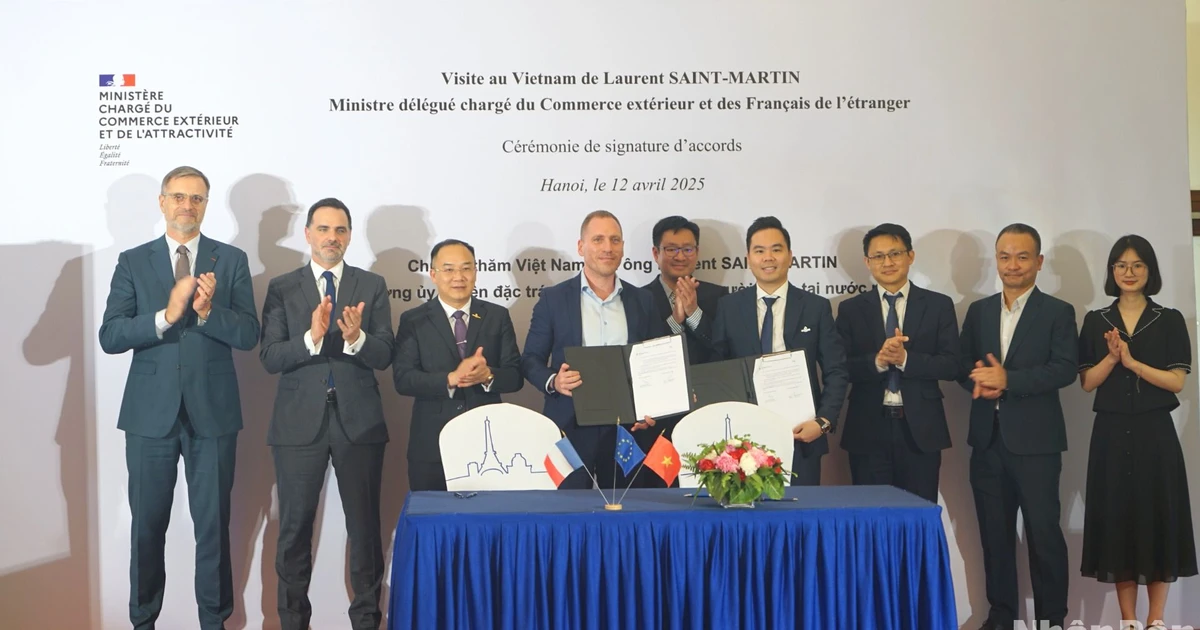
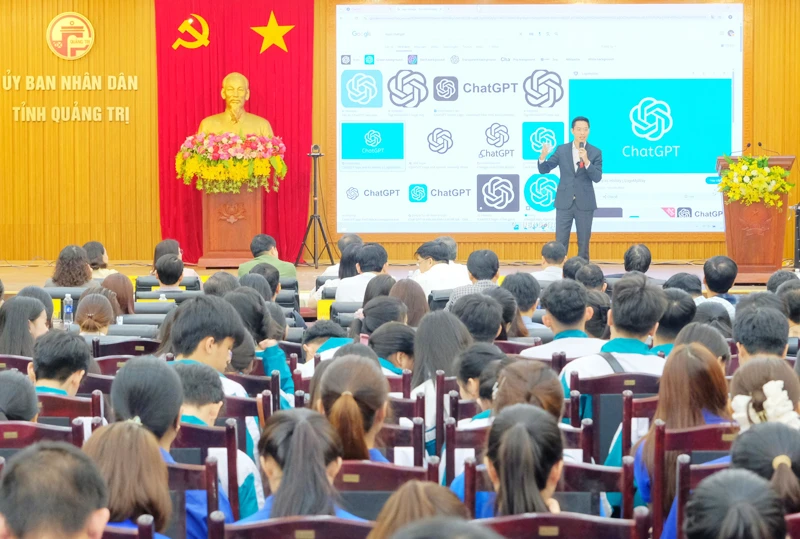

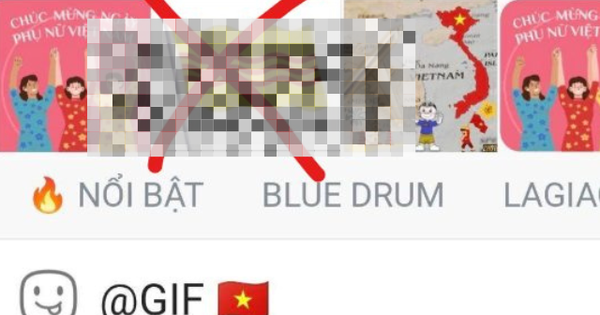
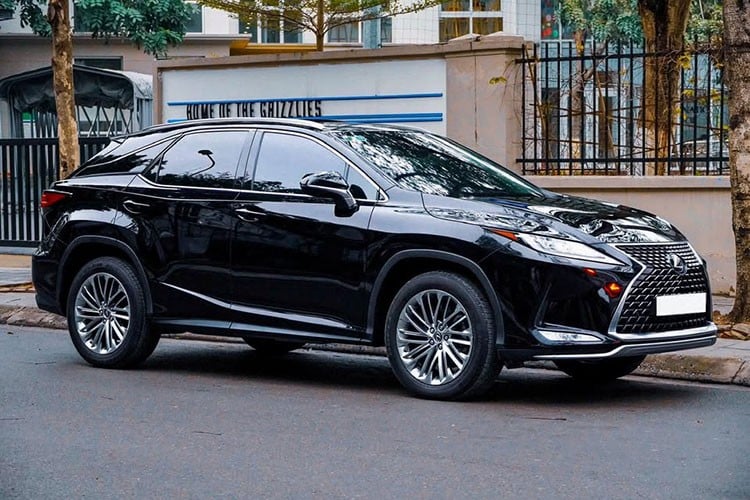
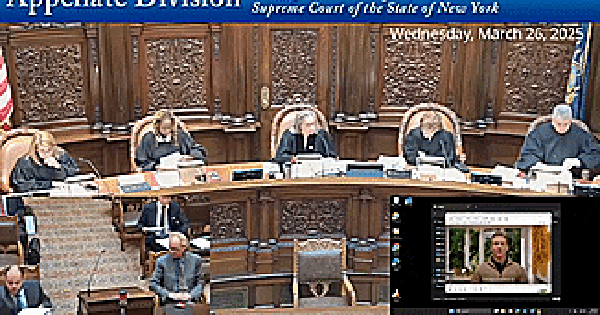




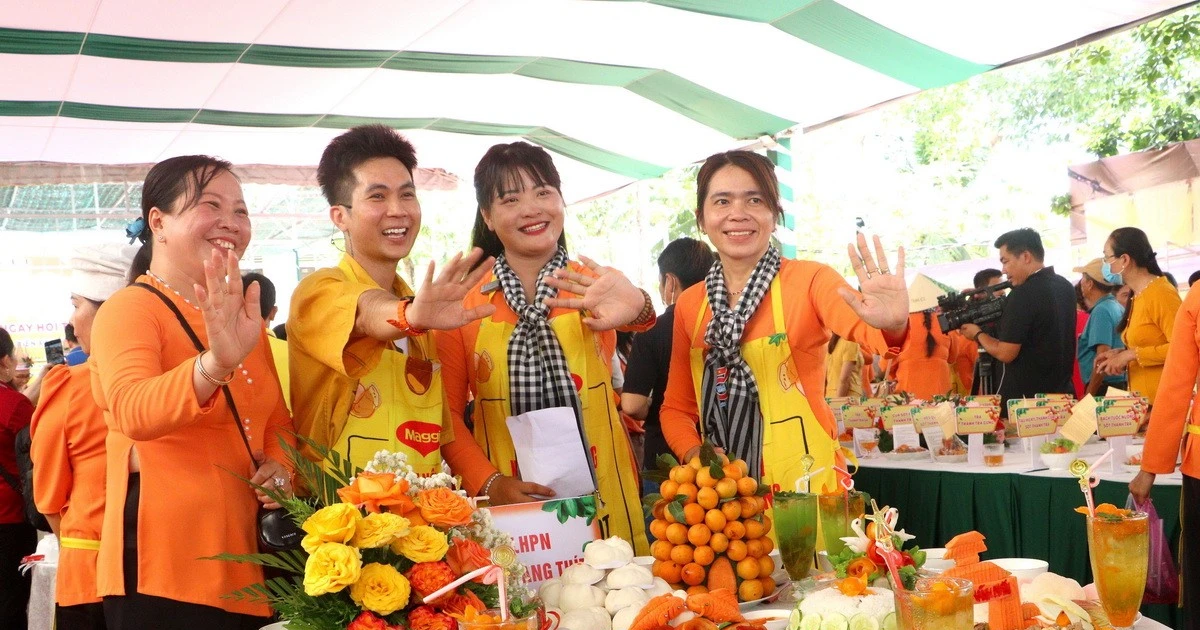



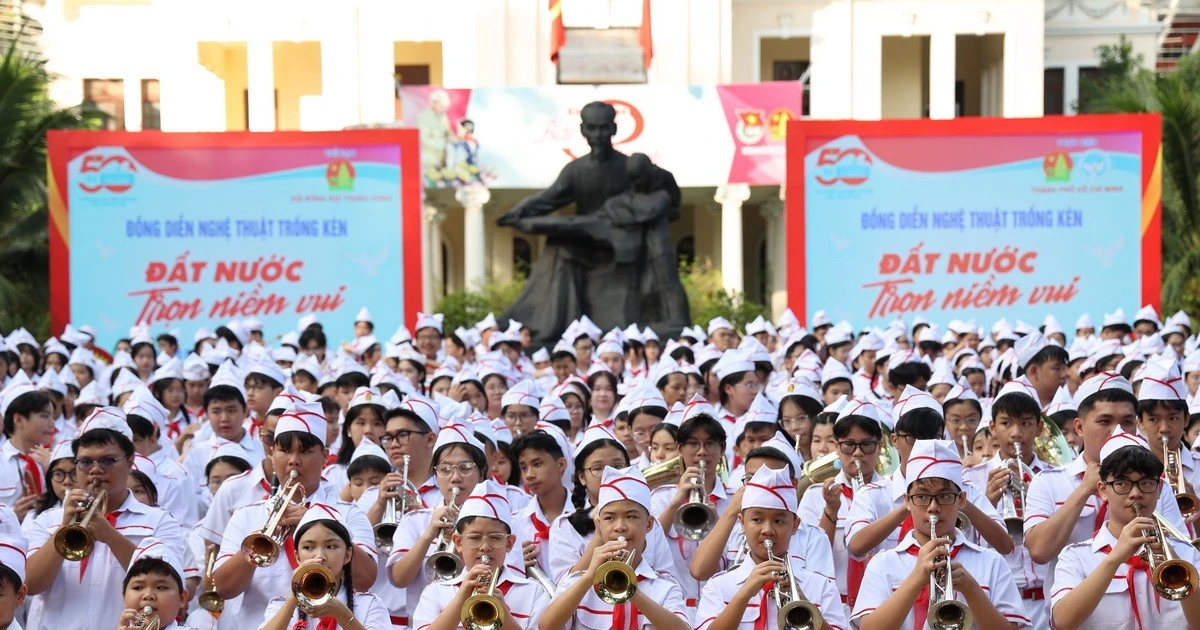












































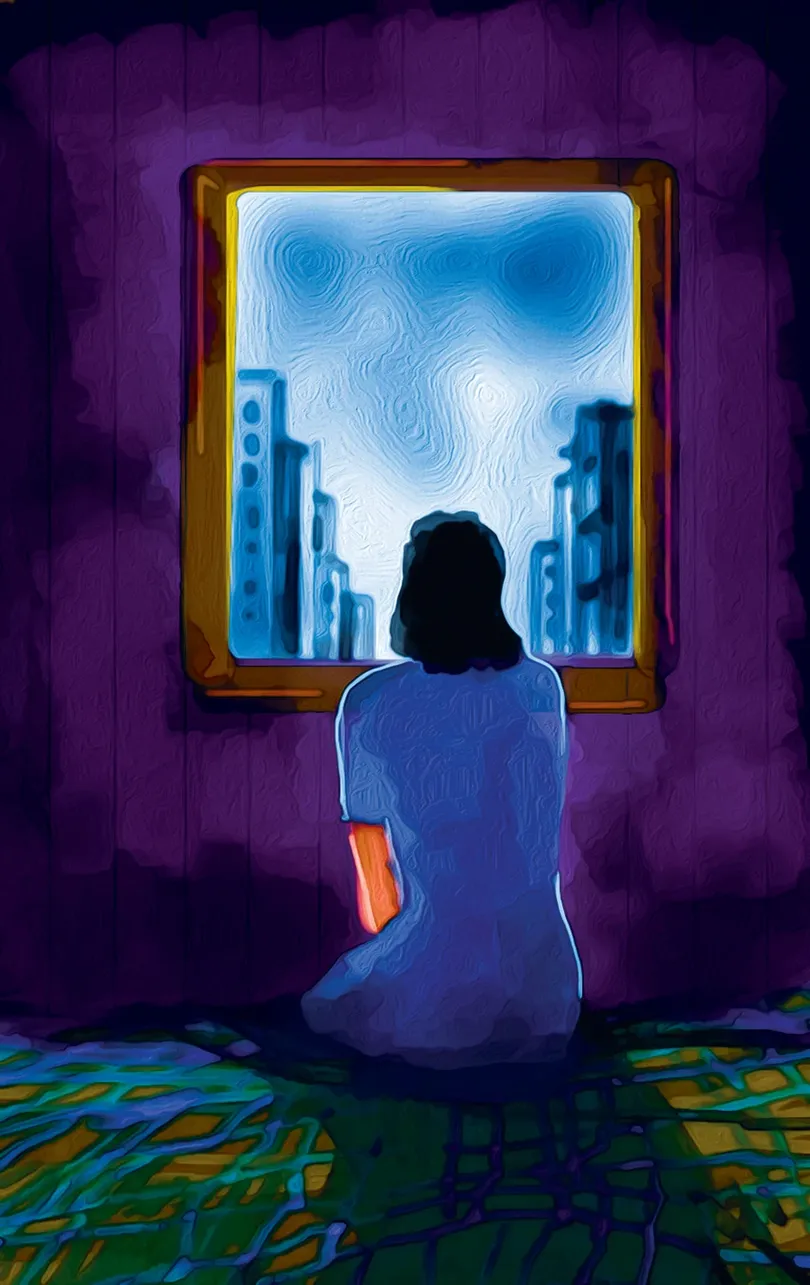

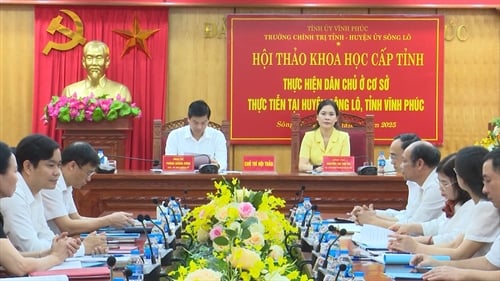

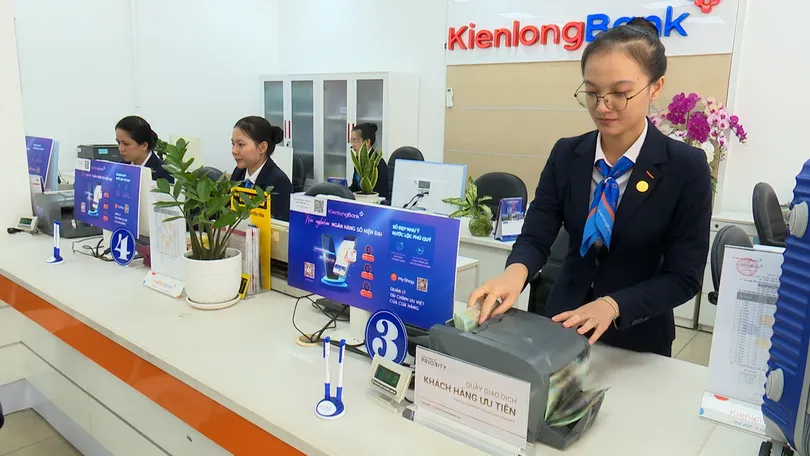
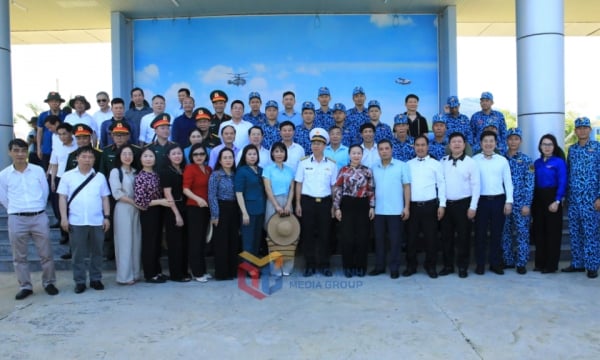
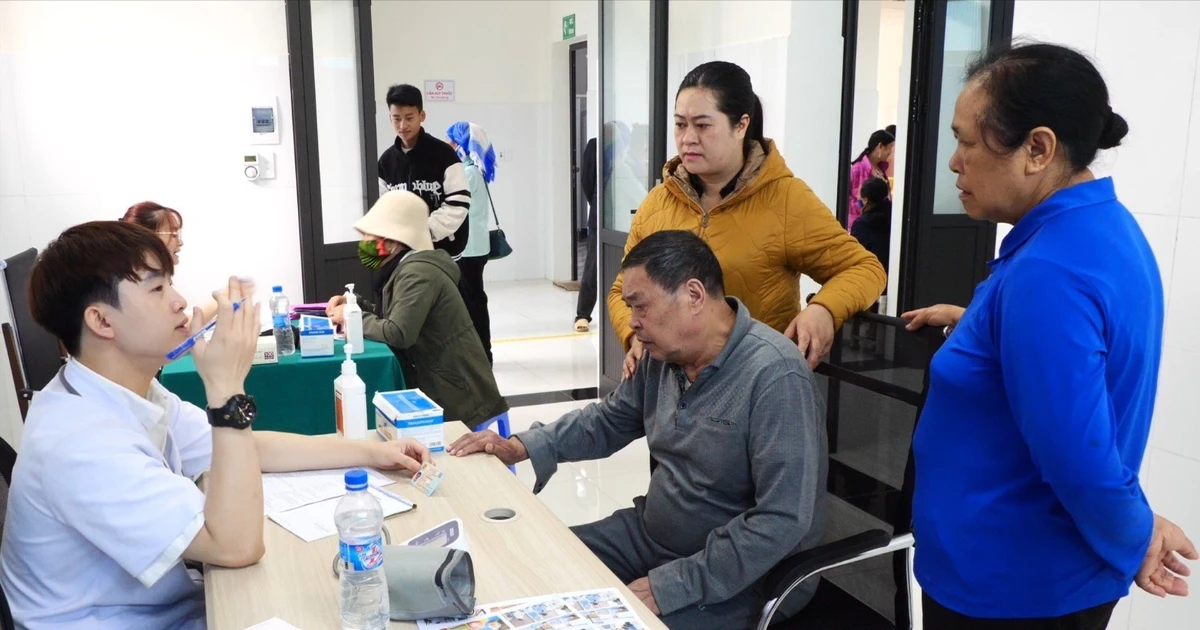












Comment (0)